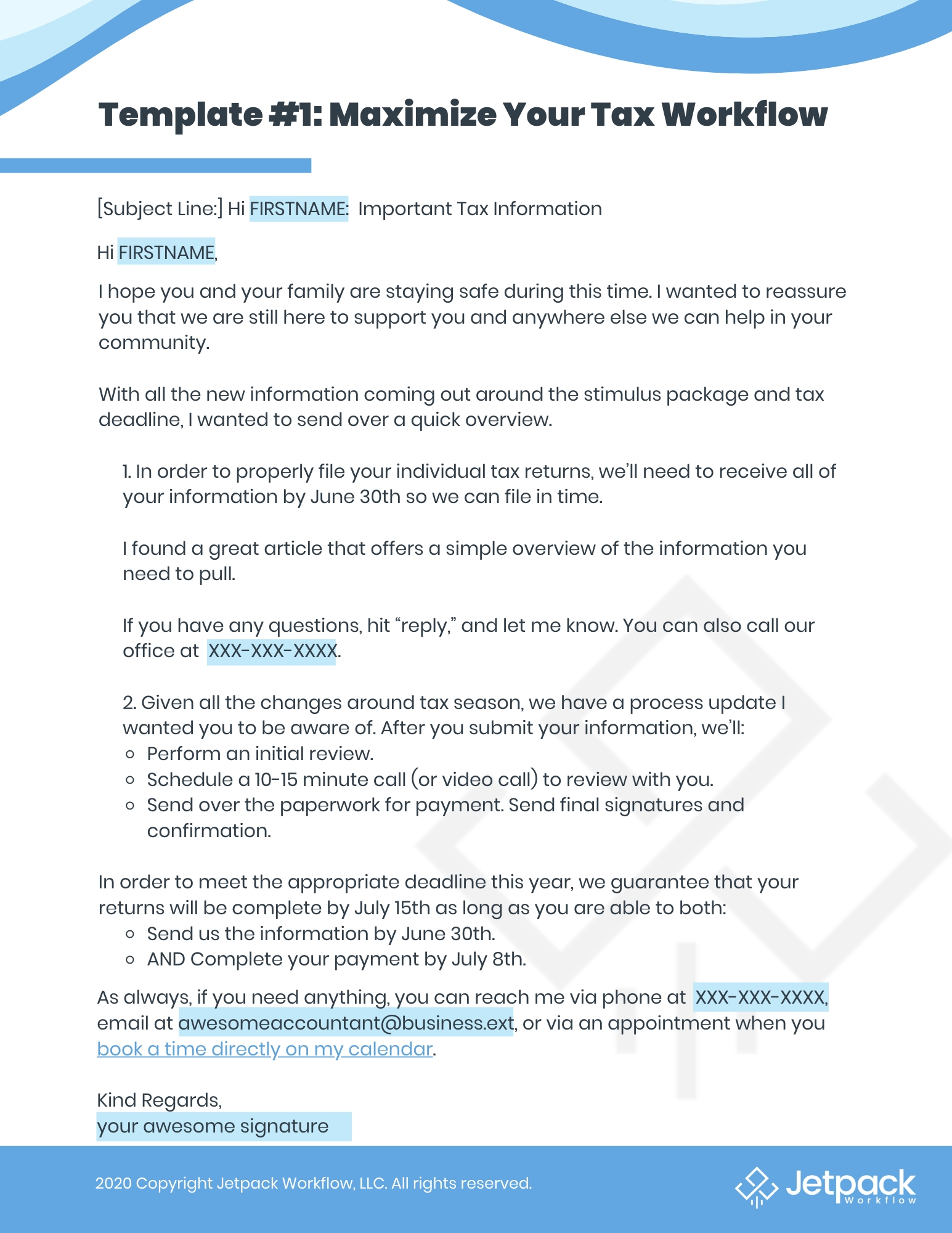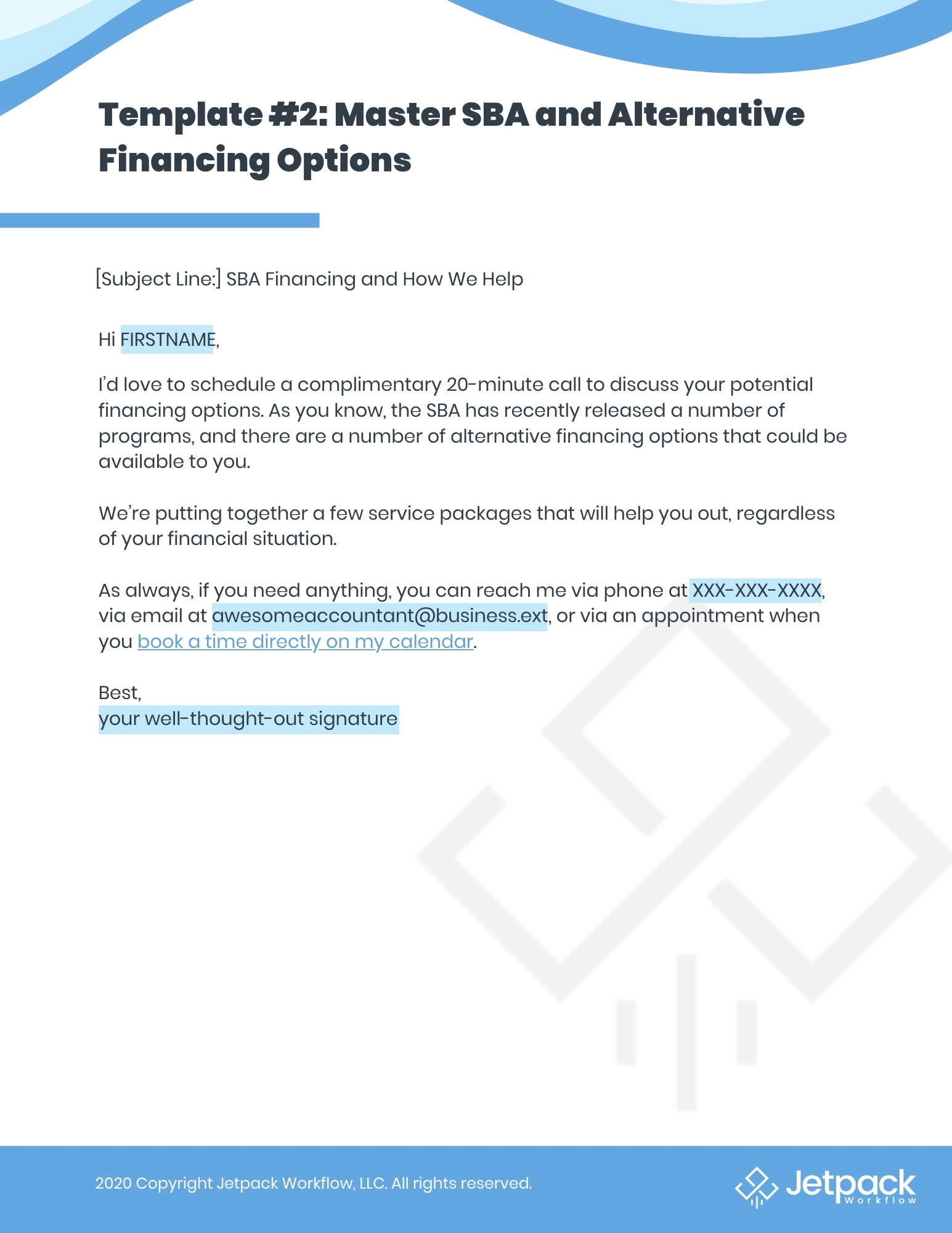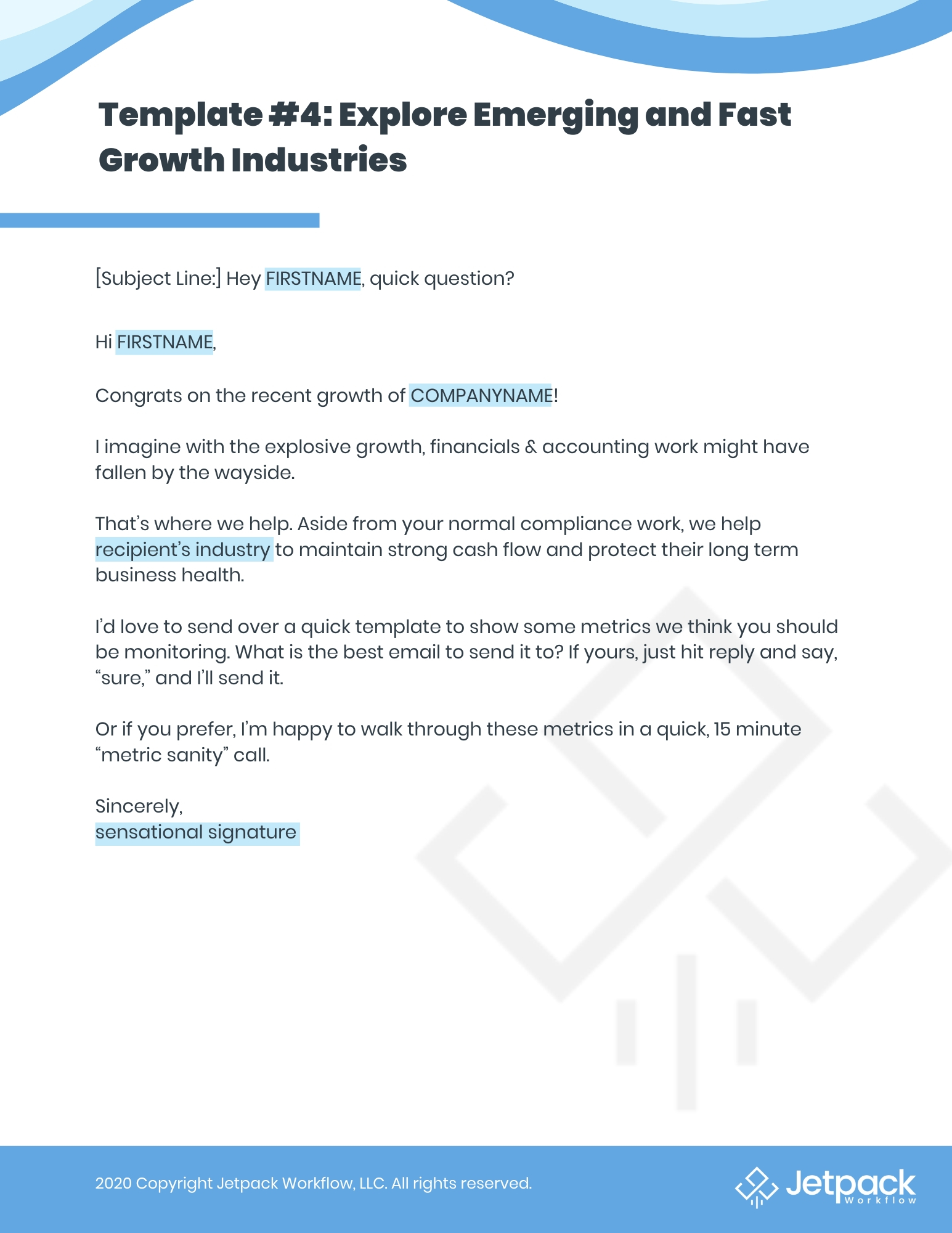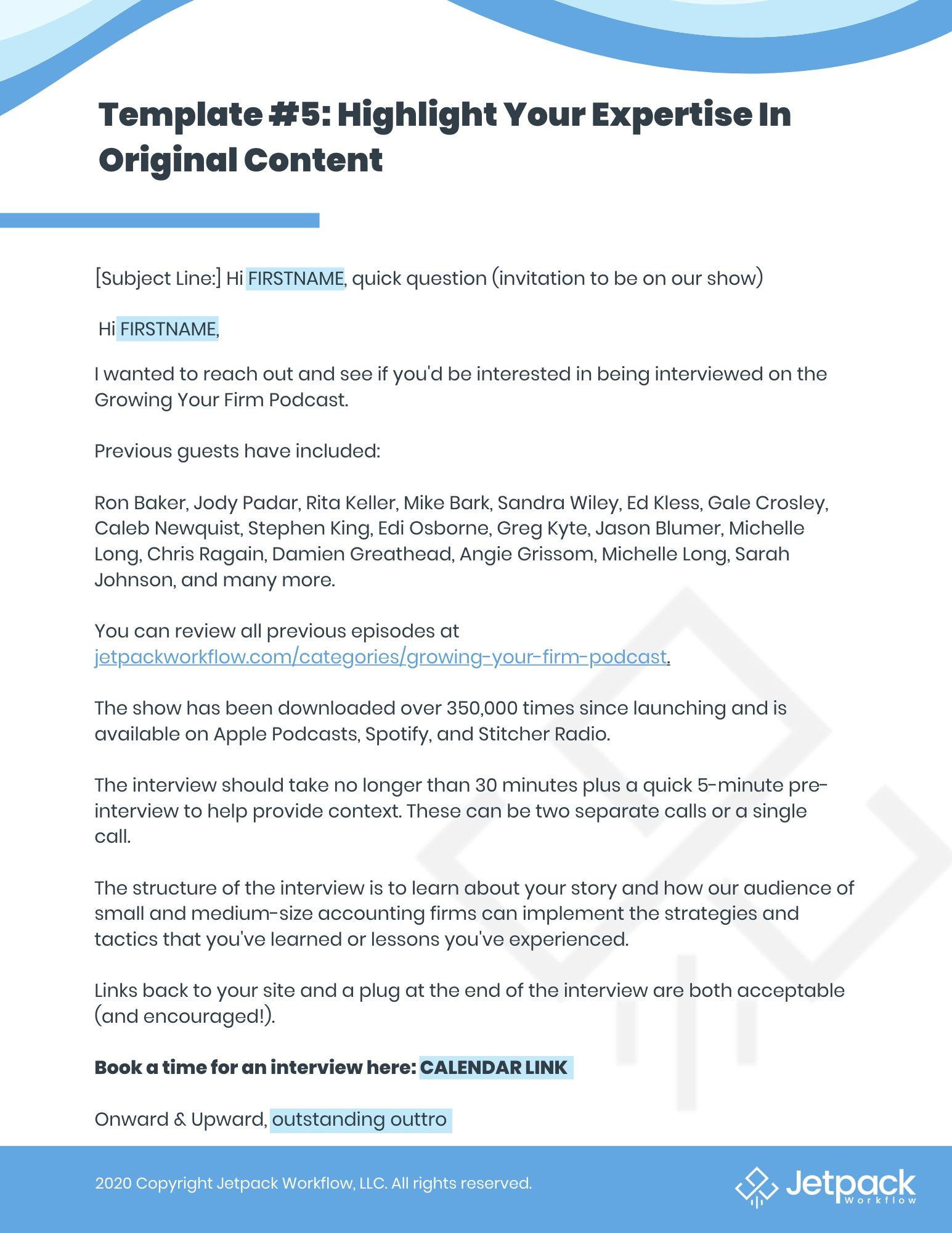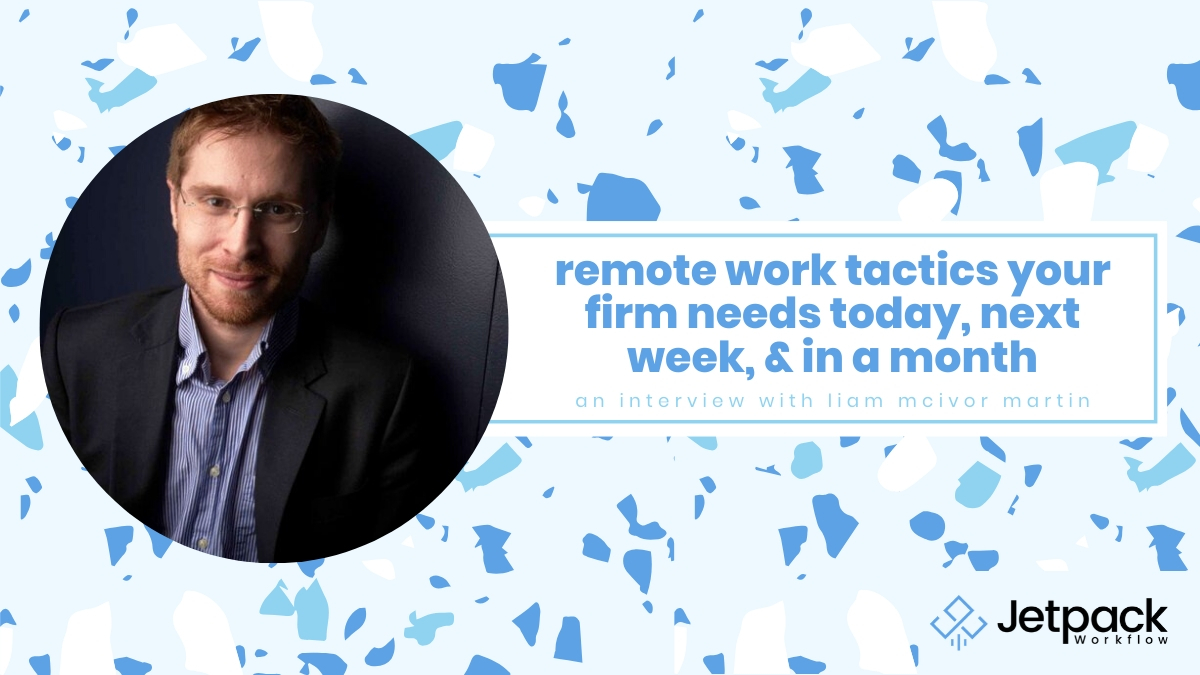3x Your Clientele Using One Sentence

In this episode of the Growing Your Firm podcast, we talk with David’s mentor Dane Maxwell, the founder of paperlesspipeline.com and The Foundation. He dedicated 15 years of research to write a book that would change people’s lives, Start From Zero. He’s brilliant when it comes to thinking about positioning. Specifically, he wants to help you triple your clientele by using just one sentence.
Resources
- Dane’s Book: Start From Zero
- More on Dane’s Book: https://www.startfromzero.com
- Dane’s SaaS Entrepreneurs Community: The Foundation
- Dane’s Real Estate Transaction Management Tool: https://www.paperlesspipeline.com
Summary
- Fundamentals of a Successful Business
- The One Sentence Solution
- Deep Listening
- Start From Zero
Related Links
- Paid Advertising the Smart Way
- Why You Need to Niche This Year For Riches 3 Years From Now
- The Core Process You Need To Accelerate Your Firm’s Growth
The Fundamentals of a Successful Business
CPAs can often be afraid to position themselves to break away from the crowd to get the attention of their clients. Fortunately, Dane Maxwell explains how to break the mindset of fear and apprehension to achieve the freedom and greatness every CPA wants out of their business.
In every moment of the crisis lies an opportunity for businesses, and the same applies to the current COVID-19 situation. Many people don’t realize that when one is afraid, their minds undergo a very specific process to facilitate survival. Dane says, “When the emotion brain gets highly triggered, if we’re not aware, and if we go into self-preservation mode, we pull back on our spending.” They pull back on spending, and yet, the price of goods and services, like running ads have dipped drastically. The concern for survival and panic can overshadow an opportunity for cost-effective marketing!
When marketing your firm, it is important to communicate your niche to target customers. In a previous podcast, Why You Need To Niche This Year For Riches Three Years From Now, Hugh Duffy talked about standing out from the crowd by having a specific service that you excel at. Dane parses out this sentiment even further. Ideally, it is best to keep your objectives focused by using the three fundamentals for a successful business:
- Define and find a very clear customer.
- Create and present a very clear result for that customer.
- Provide a clear mechanism.
Dane offers several examples of how to use this very simple formula to position one’s business to stand out from the crowd, through the lens of the services Dave Ramsey offers his clients:
- He clearly defines his customer: couples in debt.
- He creates a very clear result for the customer: become debt-free.
- He presents a clear mechanism: the debt snowball.
Using this super-clear formula, Dave Ramsey advertises his services on his website, and he has a picture of his clear customer holding an image saying, “$40,000 debt in 20 months.” Weight Watchers uses the same tactic, getting their very clear customer, women in their 40s looking to lose weight.
The One Sentence Solution
Dane Maxwell says that often we find ourselves entrapped in the illusion that customers want the technical bells and whistles when in reality they desire a specific outcome. Dane calls this “Expert La La Land.” Yes, we are experts, but that is not the bottom line detailing what customers want.
What customers really want are easy solutions to their problems. Let’s take a look at how your firm can better communicate the solution you offer for their problems. Using Dane’s formula, you can create the one sentence accounting firms should use to triple their clientele: a strong value proposition!
Here’s the one-sentence value proposition template:
One Sentence Value Proposition Template: <Your ideal customer> <benefit your service offers the customer> by using my <describe your unique service>.
Looking at an example, let’s fill in those blanks:
- Your ideal customer: a business owner.
- The clear result you offer the customer: to pay as little as possible, as legally and ethically as possible, without the risk of being audited.
- Add the specific, unique, valuable mechanism that makes your service different from your competitors.
Example Value Proposition: Business owners can pay as little in taxes as legally and ethically as possible without the risk of getting audited by using my signature <description of your unique service> process.
Thinking this way takes time, and Dane covers how to change one’s way of thinking away from that of an accountant to one of an entrepreneur. Dane says, “To be an entrepreneur you need to stop being a technician. To stop being a technician, you need to stop trading time for money. To stop trading time for money, you need to learn, to understand, the basics of business.” According to Dane, this mode of thinking is the key to accelerate wealth accumulation.
However, there is a caveat. How does one learn what clients want? Even beyond that, how can we transform our minds so that thinking this way becomes second nature? How can budding or aspiring entrepreneurs overcome their fear?
Deep Listening
Dane’s key to answering those questions is by using deep listening. Note that deep listening is not the same as active listening. Deep listening involves understanding and discovering where and why one is resisting. Little do we know, we resist and experience resistance frequently, every day in our lives.
To illustrate this point, Dane vulnerably expresses the resistance he experiences, “Well, I can tell you what I feel like I’m resisting right now, and it’s internal.” Dane continues, “It’s like my own sense of greatness. I…feel like I’m shrinking. I feel it in this moment.”
If, like Dane expressed, you’re in conflict with yourself and resisting yourself, then you may continue being trapped in a cage of your own making. If you resist your own greatness, then that quality is likely to radiate externally like a mirror.
In the same vein, when you have a customer hesitant about the service you offer, you can use deep listening to gain more information. Let’s say, for example, a client is hesitant to put a headline at the top of their website. By asking in an invitational way why they don’t want the headline on top of their site, you can ask, “Tell me more about that. What are some of your concerns?” Business owners can gain priceless information that would help them hone in on the customer’s very clear desire.
Conversely, there are also clients who simply do not want to use the services offered. In this case, keep your very specific customer in mind, and gracefully let go of those who don’t fit the persona you want.
Dane shares much more of this goodness in the full episode, including traits that indicate entrepreneurship. You can reach out to Dane at TheFoundation.com and StartfromZero.com. You can also purchase his book, Start From Zero, on Amazon.







